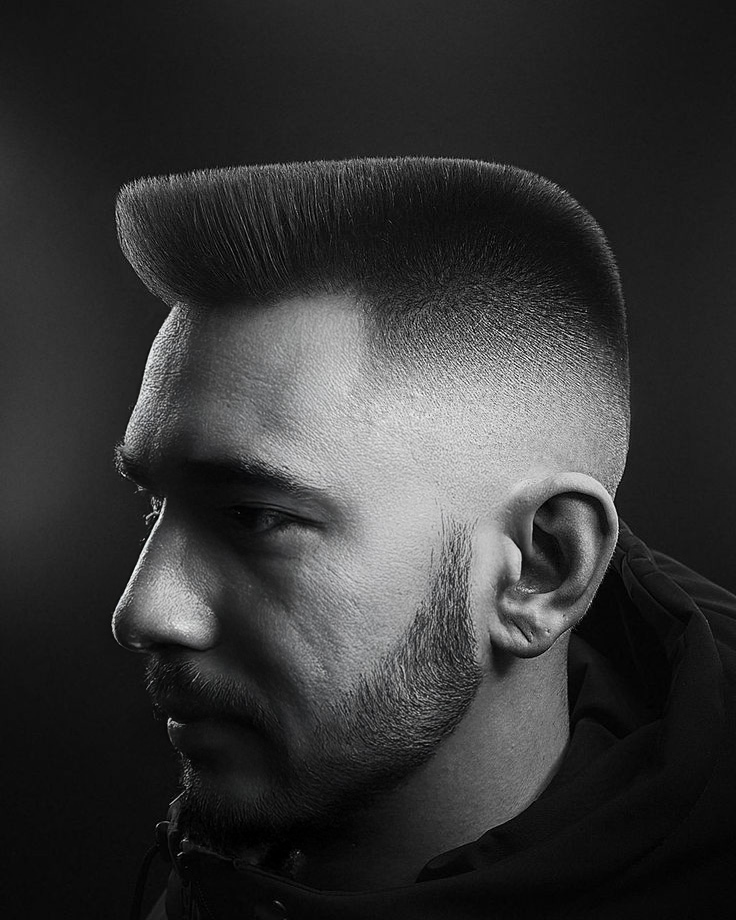The History of the Flattop
- Evgenii Solod
- Oct 17
- 2 min read
Updated: Nov 3
Definition & Core Concept
A flattop is a bold, geometric haircut: hair on the top is cut short and trained to stand upright in a flat plane, while sides and back are clipped shorter to emphasize the flat deck.

Early & Military Roots
The term flat-top (as a haircut style) is documented from the mid-1950s.
But variations of the style existed earlier in military and disciplined grooming traditions, where flat, functional cuts were preferred for uniformity and ease.
After World War II, many veterans returned wanting the sharp, no-nonsense haircuts of service life. The flattop became a civilian symbol of discipline and clean masculinity.
Mid-20th Century & Pop Culture

In the 1950s and 1960s, the flattop was a staple among midwestern America, military men, and certain subcultures—easy to recognize, harder to maintain.
Over time, it got blended with other forms: the “flattop with fenders” (aka flat top boogie) kept longer side panels slicked back, adding flair. Wiki
Another variant is the horseshoe flattop, where the back and sides are very closely shaved, leaving a flat “horseshoe” deck at the top. Wiki
Modern Revival & Interpretation
Recently, the flattop has seen a revival as a sculptural, statement haircut—bold and architectural.
It’s not just a throwback: modern barbers use fades, texture, undercuts—all to refresh the flattop for new tastes.
Also, figures like Grace Jones popularized androgynous flattop styles, making it crossover beyond just “men’s wear.”
From the Barber’s Chair — Flattop

The flattop is more than a haircut — it’s a statement of discipline, geometry, and authority. It demands control: the top must be perfectly flat, the sides must align, and every line must say “sharp and intentional.”
It doesn’t whisper — it asserts. It’s not for the faint of heart.
And for me personally, my first real encounter with the flattop came when I watched Falling Down as a kid. Michael Douglas’s character, William “D-Fens” Foster, made such a strong impression on me that within a week I was running around my neighborhood proudly wearing my own flattop. That was the moment I realized how a haircut can shape identity.
The flattop also carries pop-culture weight: some of the most iconic flattops that rebooted this style were worn by Ivan Drago in Rocky IV and the T-800 in The Terminator. These characters cemented the flattop as the ultimate symbol of power, intimidation, and control.
If you choose a flattop, you choose precision, structure, and a look that says you know what you want. Want flair? Add fenders or a flat top boogie. Want contrast? Pair it with taper or skin fades on the sides. But always: the deck stays flat.



Comments